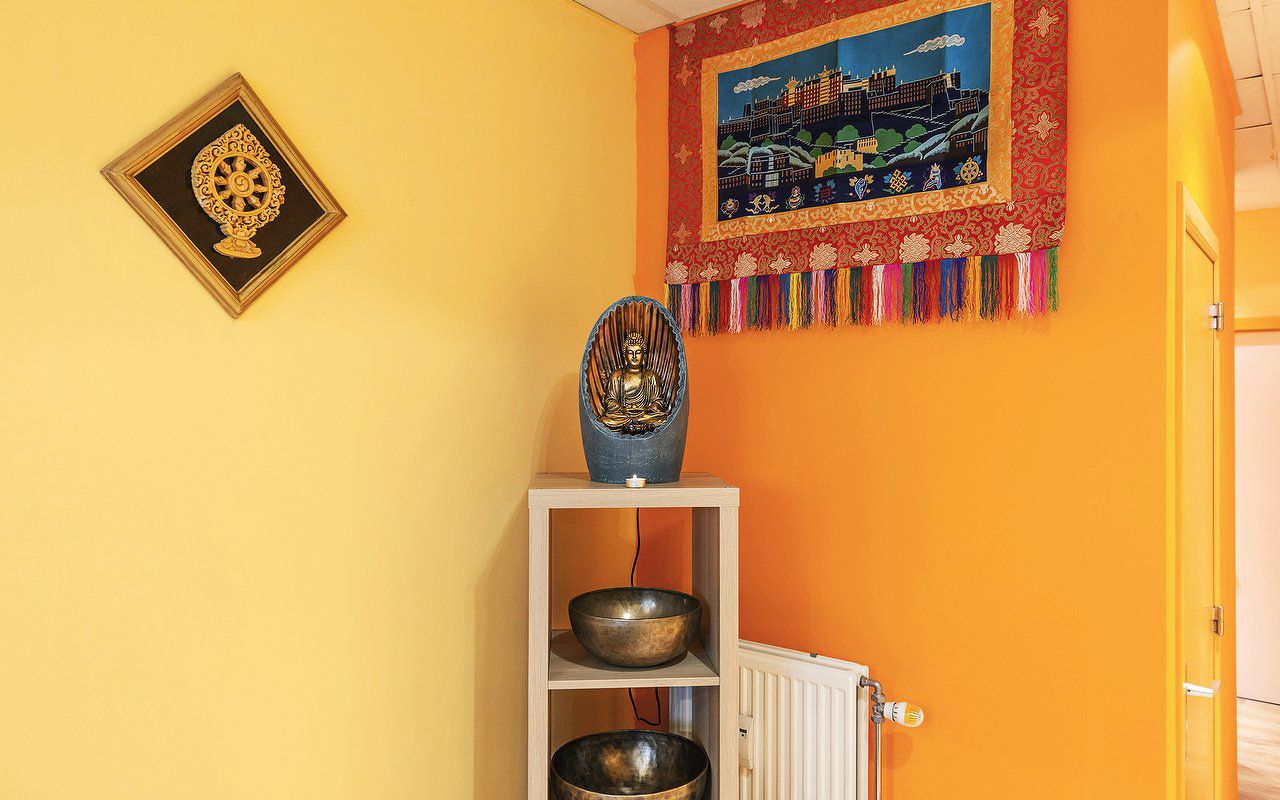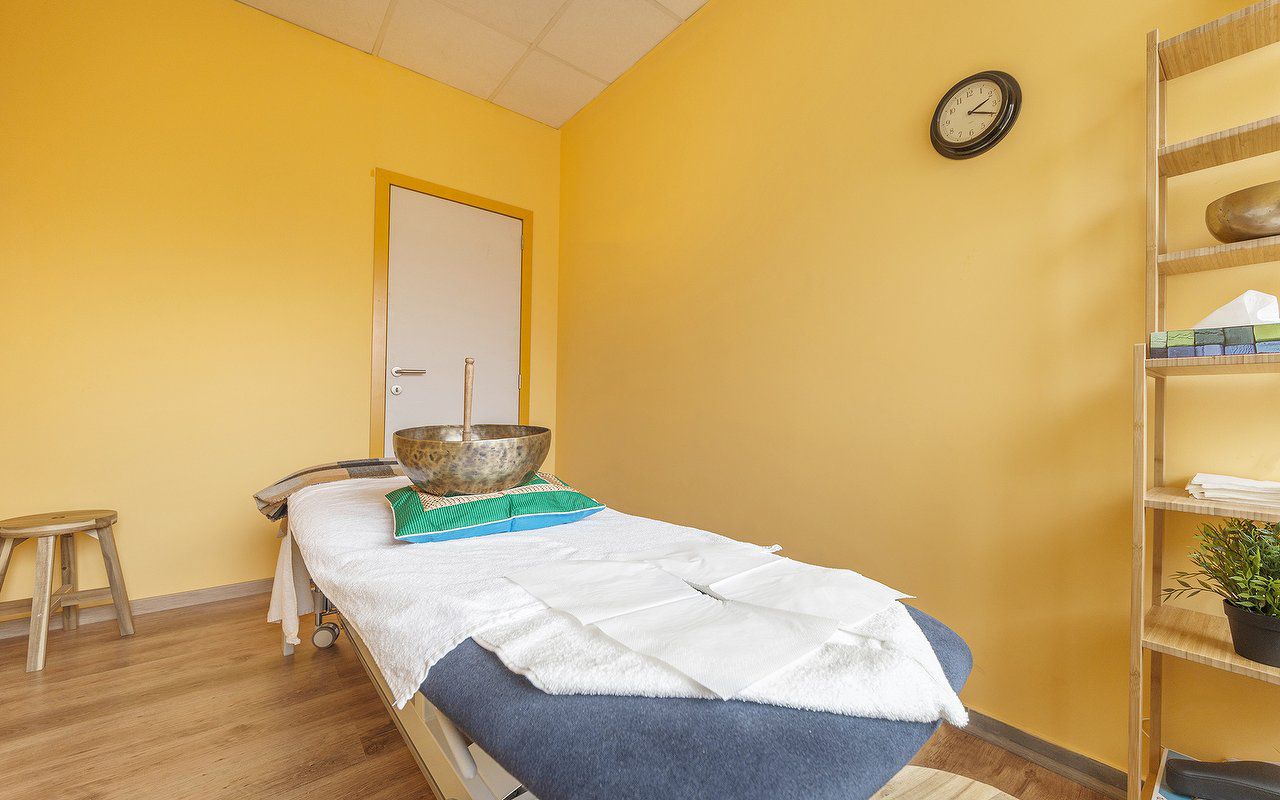Foot Reflexology
Foot Reflexology is a therapeutic practice that involves applying pressure to specific areas of the feet, known as reflex points, which correspond to various organs, systems, and areas of the body. It is based on the ancient belief that the feet are a microcosm of the body, and by stimulating these reflex points, practitioners can promote healing, balance energy, and support the body’s natural healing processes.
Foot reflexology is not just a foot massage; it involves a detailed understanding of the reflex zones on the feet and how they connect to the rest of the body.
Principles of Foot Reflexology:
1. Reflex Points:
•In foot reflexology, each foot contains reflex points that mirror different parts of the body. For example, the tips of the toes correspond to the head, the ball of the foot reflects the chest and lungs, the arch relates to the digestive organs, and the heel connects to the lower back and legs.
2. Energy Pathways:
•Reflexology is based on the concept that energy flows through the body in specific pathways. If these pathways become blocked or disrupted, it can lead to pain, discomfort, or illness. Stimulating reflex points on the feet helps to clear these blockages, restore energy flow, and promote healing.
3. Zone Therapy:
•The body is divided into ten vertical zones, five on each side. Each zone corresponds to a specific part of the body and is reflected in certain areas of the feet. Applying pressure within these zones on the feet affects the corresponding areas in the body.
How Foot Reflexology Works:
During a foot reflexology session, a trained reflexologist uses their thumbs, fingers, and sometimes knuckles or tools to apply pressure to specific reflex points on the feet. The pressure varies depending on the sensitivity of the area and the condition being addressed. The goal is to stimulate the nervous system and promote balance in the body.
Reflexologists believe that by massaging these points, they can:
•Improve circulation: Helping blood and oxygen flow more effectively through the body.
•Promote relaxation: Encouraging the release of endorphins, the body’s natural painkillers.
•Release toxins: By stimulating the reflex points, the lymphatic system is activated, which may help remove toxins from the body.
•Reduce stress and tension: Foot reflexology is known to have a calming effect, which can lower stress levels and improve mental clarity.
•Support overall well-being: Reflexology is thought to bring the body into a state of balance, supporting overall physical, emotional, and spiritual health.
Reflex Points on the Feet:
Here’s a simplified guide to some key reflex points and their corresponding body parts:
1.Toes:
•The tips of the toes correspond to the head and brain. Stimulating these points may help with headaches, mental clarity, and sinus problems.
•The base of the big toe connects to the neck and thyroid gland, so working this area may alleviate neck pain and balance thyroid function.
2. Ball of the Foot:
•The ball of the foot is linked to the chest and lungs. Massaging this area can support respiratory health and relieve tension in the chest.
•The heart reflex point is located on the left foot in the ball area, so stimulation here may aid in cardiovascular health.
3. Arch of the Foot:
•The arch of the foot mirrors the digestive system. Different parts of the arch correspond to organs like the stomach, liver, pancreas, and intestines. Reflexology in this area is thought to improve digestion, alleviate bloating, and support liver health.
4.Heel:
•The heel of the foot connects to the lower back, legs, and sciatic nerve. Working this area can help relieve lower back pain, leg pain, and sciatica.
5. Inner and Outer Edges of the Foot:
•The inner edge of the foot corresponds to the spine. Reflexology here can support spinal health and improve posture.
•The outer edge reflects the arms and shoulders, so massaging this area may relieve tension in these parts of the body.
Benefits of Foot Reflexology:
1. Relieves Stress and Promotes Relaxation:
•Reflexology is known for its ability to help people relax deeply, reducing stress and anxiety. The soothing pressure applied to reflex points stimulates the nervous system and encourages the body to enter a parasympathetic state (rest and digest), where healing can occur.
2. Improves Circulation:
•By stimulating specific reflex points, foot reflexology promotes blood flow to different areas of the body, which helps improve oxygen and nutrient delivery to tissues and organs. This can enhance overall health and aid recovery from injuries or illnesses.
3. Alleviates Pain:
•Reflexology is often used as a complementary therapy for pain management. It can reduce pain by releasing tension, improving circulation, and triggering the body’s natural pain-relieving mechanisms. It is commonly used to relieve headaches, migraines, back pain, and arthritis.
4. Enhances Nervous System Function:
•By stimulating the reflex points, reflexology helps to rejuvenate the nervous system, improving nerve function and responsiveness. This can be especially beneficial for individuals with conditions like neuropathy, where nerve function is compromised.
5. Boosts Immunity:
•Reflexology may help strengthen the immune system by stimulating the reflex points associated with the lymphatic system, which plays a crucial role in removing toxins and fighting infections.
6. Supports Mental Health:
•The calming and balancing effects of reflexology can improve emotional well-being, reduce symptoms of depression, and enhance mental clarity. It also promotes better sleep, which is essential for mental health.
7. Supports Digestive Health:
•Stimulating the reflex points linked to the stomach, intestines, and liver can improve digestion and alleviate issues like bloating, constipation, and indigestion.
Differences Between Foot Massage and Reflexology:
•Foot massage focuses on relaxing the muscles and tissues in the foot, using techniques like kneading, rubbing, and applying pressure to relieve pain or tension.
•Foot reflexology goes beyond just the muscles and tissues, focusing on stimulating reflex points to affect organs, systems, and energy flow throughout the body.
Conclusion:
Foot reflexology is a holistic therapy that not only helps relieve stress and pain in the feet but also promotes overall health by addressing imbalances in other areas of the body. Through the skilled stimulation of reflex points, reflexology can enhance physical, emotional, and energetic well-being, making it an excellent complementary therapy for a wide range of health concerns. Whether you’re seeking relief from chronic pain, stress, or specific health issues, foot reflexology offers a gentle and effective approach to healing.


